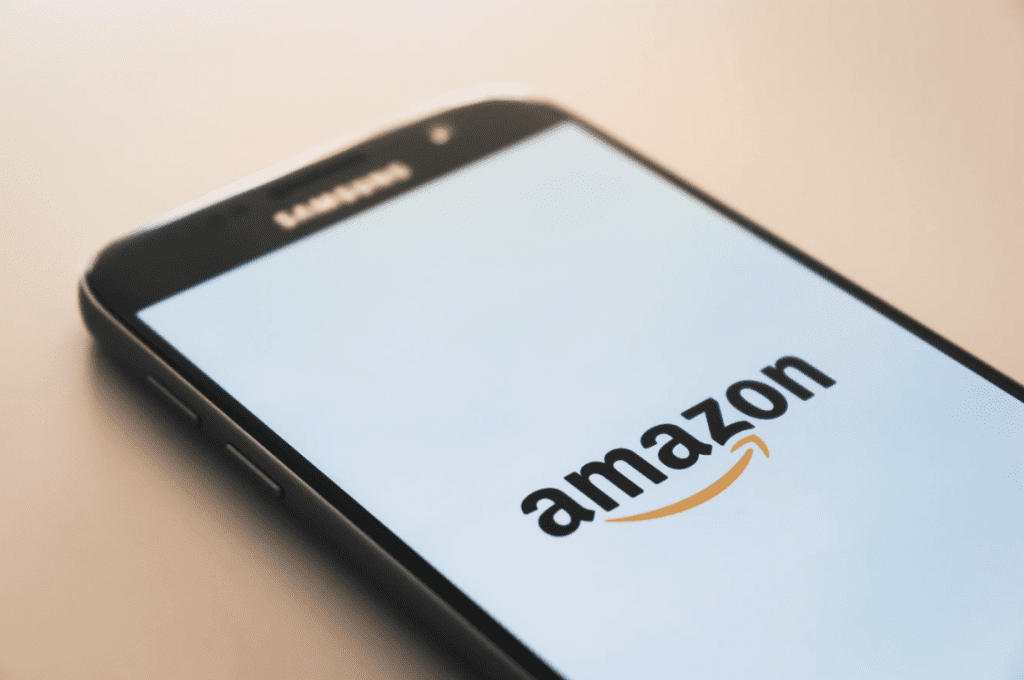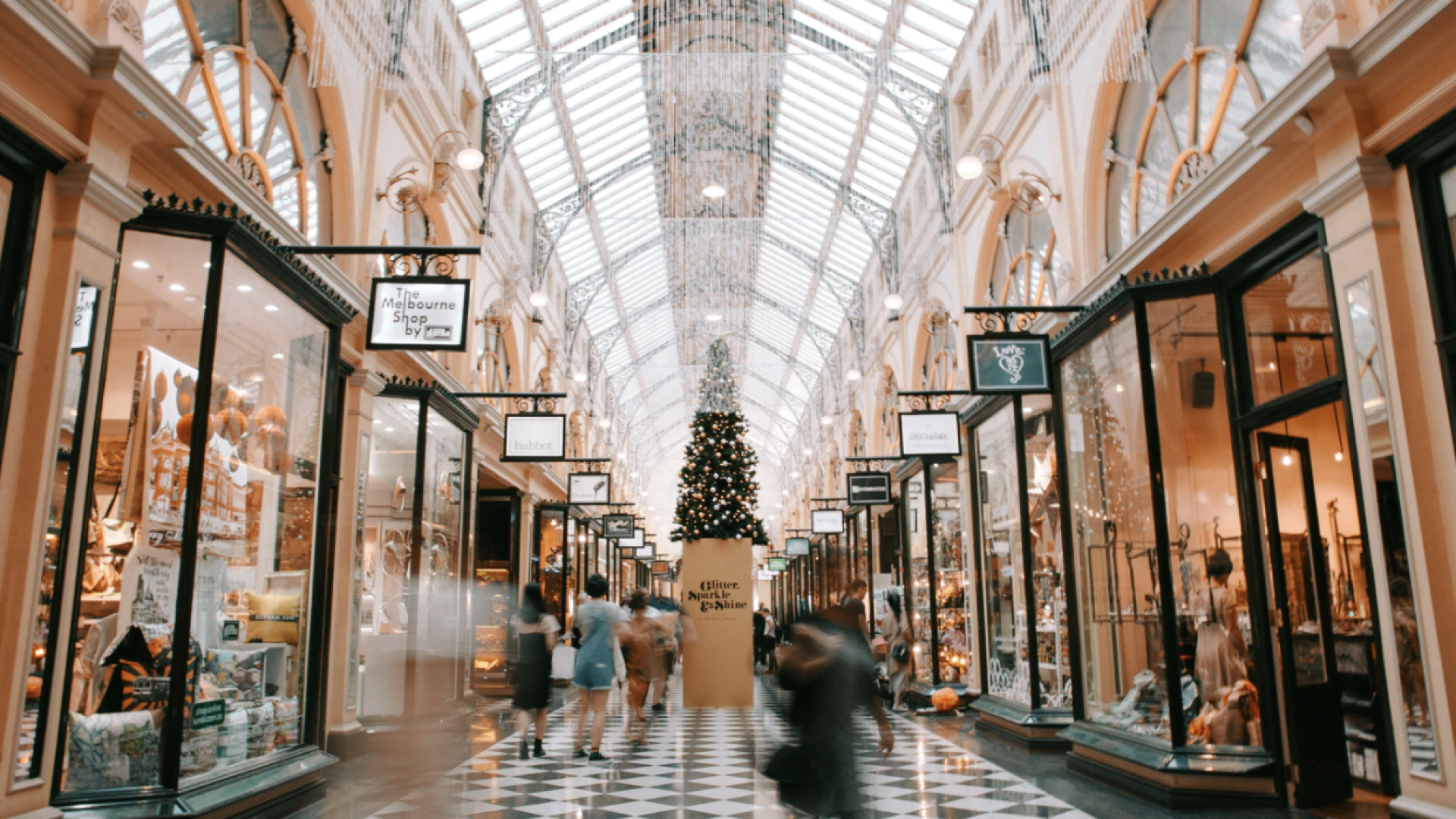The Nielson market research group conducted a survey to reveal that Americans spend four hours using their phones, on average, and 25% of this time is spent on social media.
As people’s dependence on their phones increases, the scope for e-commerce becomes bigger. And since social media makes a major chunk of mobile phone consumption, social commerce is on the rise today.
More importantly, the Covid-19 pandemic has shifted the shopping habits and trends from in-store to online. Previously, people shopped online for convenience, but now they’re doing it for safety.
How long is this trend expected to continue, or will it become a norm? What’s the future of retail? We discuss this and much more in the article below.

How Has The Pandemic Affected Retail Spending?
Initially, there was a dip in ecommerce sales in 2020 due to financial uncertainty and instability. However, as things started moving towards normality, ecommerce sales grew because retail spending picked up its pace.
An Emarketer report shows that 2021 will see a recovery in retail sales, going up to $5.630 trillion – a 2.3% increase. Meanwhile, ecommerce sales are expected to rise up to 6.1%, while brick-and-mortar sales will go up by 1.6% in 2021.
Although all retail will have a somewhat share in this increase, some names will benefit more than others. Among them, Amazon is unsurprisingly top of the list.
Moreover, The Home Depot, Target, Walmart, and Best Buy will also follow suit, extending their presence on different channels. Retailers who predominantly operate online, such as Etsy and Instacart, will enhance their offerings using the gains they’ve gathered during the pandemic.
On the other hand, named brands like Lululemon and Nike will transition to direct-to-consumer and digital models.
How Are Big-Box Retailers Extending Their Omnichannel Momentum?
Although the Covid-19 pandemic may have shed more light on it, omnichannel retail isn’t exactly a novel concept. Back when the SARS outbreak affected businesses in China, the world-renown Alibaba was still in its growth phase.
The company developed a New Retail philosophy, encompassing the integration between offline and online worlds to ensure a frictionless retail shopping experience for the consumers.
In doing so, the company adapted and digitized to overcome the limitations that can occur in the physical world, such as disease outbreaks, political turmoil, and war.
Simply put, omnichannel means you’re selling your product on several channels, such as marketplaces, brick-and-mortar stores, and social media. However, establishing an omnichannel momentum isn’t only about having an online presence.
You also need to build relationships with your consumers while emphasizing channel diversification to offer a seamless brand experience to each customer.
According to BigCommerce and Retail Dive research, 46% of the retail brands said they intended on increasing their omnichannel investment.
That makes a lot of sense since Aspect Software reports businesses with an omnichannel strategy to have a 91% customer retention rate than companies that don’t. Here are some big-box retailers who use an omnichannel approach to drive retail spending:

Amazon
Being a pioneer for many things in the ecommerce industry, Amazon is the best example of an omnichannel approach. Besides the website, customers can reach Amazon through:
- In-store
- Mobile app
- Smartwatches
- Alexa
Customers can choose to pick up orders at stores, get them delivered to their homes, or take them from ‘lockers’ in different parts of their localities. Even better, they can be sitting on their couch, relaxing, and tell Alexa to place an order for them.
Amazon truly knows how to meet customers where they are.
Timberland
Timberland has truly cracked the code with near-field communication technology. It’s a software that lets users tap their phones against a chip to transfer information from one device to another.
Basically, customers get a tablet that they can press against chips on each product to get information about that item. So, there’s no need to talk to a store assistant anymore. Plus, the tablet shows them recommendations based on their previous purchases.
How Are Brick-and-Mortar Stores Using Digital Technologies?
Brick-and-mortar stores also realize the potential of digital technology, and it’s impressive to see how they’re incorporating technology into daily operations. Some common technologies include:
- Click and collect
- Contactless payments
- Digital signage
- Cashierless checkouts
Beacons are another technology used by some retailers to transmit a certain message to their app-user. Nordstrom and Walmart and two of the biggest names using this technology.
When an app-using customer enters the store, the in-store beacons send messages or push notifications to those customers, such as coupons or sale alerts.
Some other retailers, like The Home Depot, are using digital technology to help customers find what they need without talking to a service associate. Customers can add products to their cart on The Home Depot’s online website and then come to the store.
As soon as they enter, the Home Depot mobile app will direct them towards the aisles and shelves where their desired products are present.

How Will Advancements In Social Commerce Change Consumer Shopping Behavior?
Social commerce began from Facebook and has found its way to Instagram, TikTok, and Pinterest. On Instagram alone, consumers can click on shoppable stories, posts, product stickers, iGTVs, and Reels.
On the other hand, TikTok promotes influencer marketing, using it to increase retail spending in some major retail categories, such as fashion, beauty, and tech. Even Snapchat has entered the game by offering augmented reality to allow users to ‘try on’ clothing and shoes.
Social commerce will influence consumer shopping behavior by adding convenience to retail, which explains its growth to $84.2 billion in 2024.
Emarketer also forecasts social commerce to grow by 37.9%, making up 4.3% of retail ecommerce sales across all retail categories.
Conclusion
The future of retail seems to be quite digitally-inclined, and it’s all for one reason: customer experience. Convenience seems to be the focus for many companies since that’s what consumers seek in retail spending today.
Therefore, we will see many named and smaller brands using digital technology to boost their ecommerce sales. Meanwhile, social commerce will also play a huge role in driving sales in some retail categories, especially fashion, beauty, and homeware.

